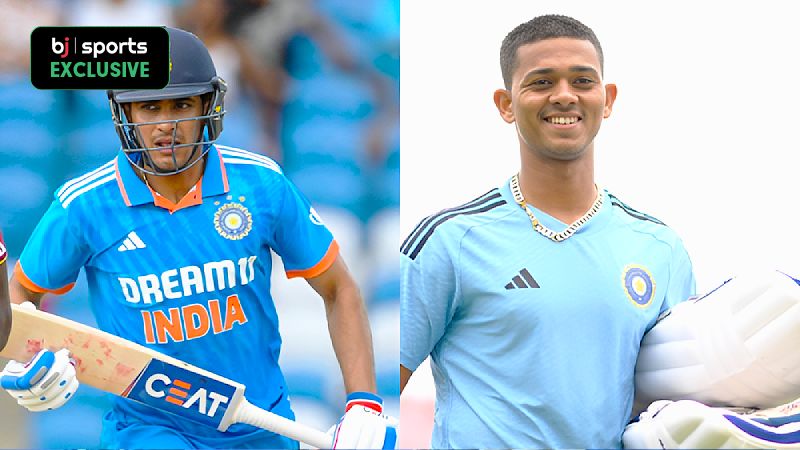India recorded a resounding 9-wicket victory over West Indies in the fourth T20I in Florida on Saturday, August 12. India leveled the series 2-2 after a remarkable comeback in the last two matches. After electing to bat first, the home team scored 178 runs on the back of brilliant batting from Shai Hope (45 off 29 balls) and Shimron Hetmyer (61 off 39 balls).
However, the score did not look competitive at all as both the Indian openers dominated the chase right from the start. Yashasvi Jaiswal was aggressive right from the start, while Shubman Gill started slowly but later matched his partner’s aggressiveness. The duo parted ways after completing individual half-centuries and proved they can be India’s openers in the T20I format going forward.
In this article, we look at three reasons why Yashasvi Jaiswal and Shubman Gill can continue as India’s T20I openers for a long period.
- Left hand-right hand opening combination
The left-right combination is considered to be the best pair in cricket as it makes the bowler adjust the line and length accordingly. The rival captain must frequently change the field settings. These alterations in fielding, angle and length of the bowlers, can disturb the opposition and help the batters settle by ticking the scoreboard.
- Jaiswal’s aggressive style complements Gill’s slow start
The two youngsters have contrasting approaches to their batting; Jaiswal is aggressive right from the start, while Gill takes some time to settle. With the southpaw scoring quickly in the powerplay, it will complement Gill’s slow start, which shows the duo’s potential to become India’s long-term openers in the shorter format. Meanwhile, Gill‘s ability to make up for a cautious start could help put the team in a better position before the two part ways.
- Don’t have to adjust to T20 cricket
Senior Indian players have often been criticized for slowing down their scoring rate while trying to build innings. However, neither Gill nor Jaiswal tried to stop them from attacking when they approached their half-centuries. This could be because both the youngsters have played a lot of T20 cricket, including the Indian Premier League, and they don’t have to adjust to the 20-over format now.
